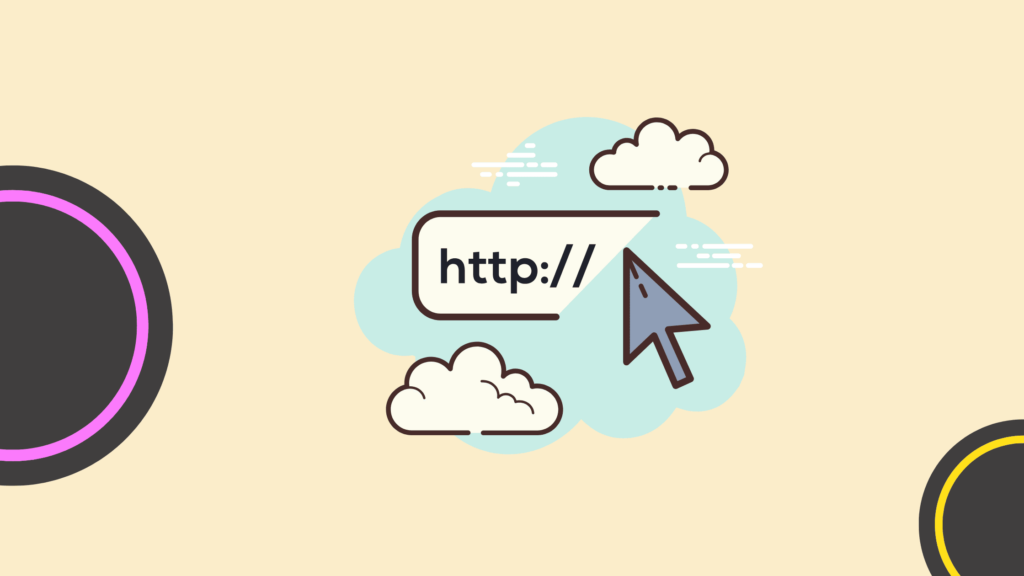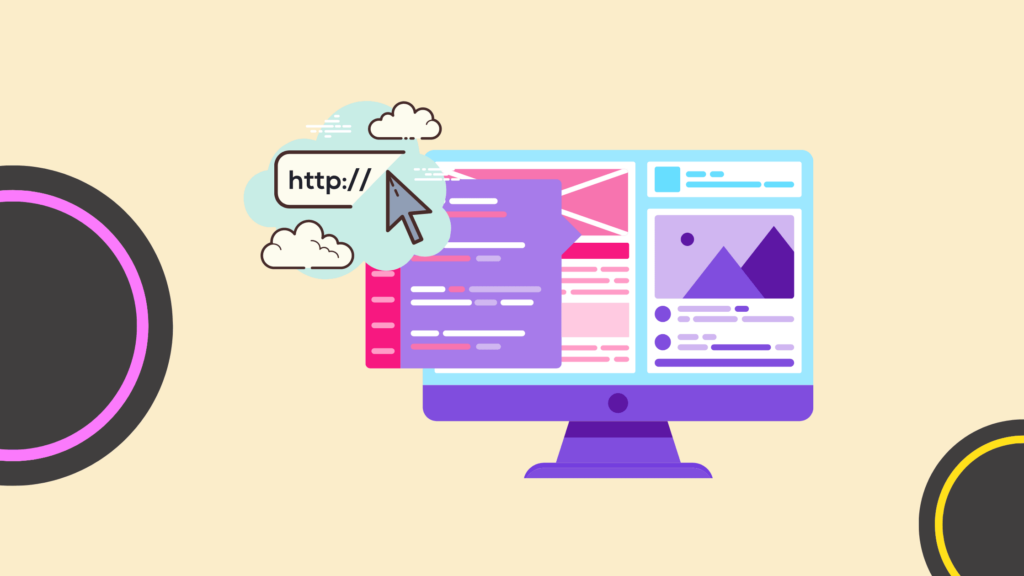How to use UTM Codes To Determine the Origin of Your Traffic
Measuring is knowing
If you’re creating and distributing content, you might want to know where your traffic is coming from, Are they coming to you from Facebook, email, a banner or some other channel? Using UTM codes in the links to your content allows you to determine the sources that generate traffic with extreme precision. You’ll soon find out which campaign leads to the best results.
Why use UTM codes?
Google Analytics gives you a rough estimate of which channels generate the most visitors, even without using UTM codes. Go to Acquisition > All traffic > Channels on the Report page. This will show you how many visitors have come to you through Google, social media, or links from other sites. UTM codes, however, allow you to zoom in even further. You’ll be able to find out exactly where your visitors originate. This allows you to measure the success of specific social media posts: has your YouTube short or LinkedIn post actually resulted in any visitors?
Which UTM codes are available?
You add a UTM code (or ‘tag’) to the link to your content. Because you’re using an adapted URL, Google Analytics is able to determine and segment exactly where visitors are coming from. A UTM code consists of a maximum of five segments:
Adding UTM codes to the URL

You can add the desired UTM codes to the referring URL. The only required codes are for source, medium, and name. The other codes are optional. The example below shows what a URL including codes looks like:
http://www.magazine.yourdomain.com/title/issue/tips%20and%20tricks?utm_source=Facebook&utm_medium=social%20media&utm_content=tips%20and%20tricks
&utm_campaign=spring%20campaign
This example in Google Analytics shows that visitors have come to your magazine through a Facebook post about tips and tricks that was part of a spring campaign.
Creating and shortening UTM URLs
You do not have to create a coded URL manually; this is easily done using the Google URL builder. A downside to UTM codes is that your URL becomes very long. However, that can also be easily remedied: shorten the link that you have generated with the URL builder by using bit.ly, goo.gl or another URL shortener.
Measuring the effect of banners and buttons
UTM codes allow you to tag all the traffic that you can control: for example if you’re sharing your content on Pinterest, LinkedIn, Twitter, other social media accounts or via email or a QR code. Using free QR codes, you can track offline-to-online engagement by embedding UTM parameters within QR codes, ensuring precise measurement of traffic sources
The UTM codes utm_term allow you to test exactly which button or banner on your website yields the most traffic. Consider using the following utm_term terms: website-button-top, website-button-bottom of website-banner-right-side.
Adding UTM tags to links on your website

UTM codes can of course be used for much more than just measuring inbound marketing traffic. You can also tag outbound traffic: traffic from your website to another location, for example in your link to pages where people can sign up for newsletters or events, or where they can make purchases. Tagging these links allows you to closely monitor their conversion. Are they producing the desired results? This yields more valuable insights that can lead to further optimization. Which page or button yields the most conversions?
Tip: be consistent in using UTM codes
You determine which names and words you use in your UTM codes. Do ensure that you keep a good overview of your codes. Be consistent. Create a document that includes all codes per channel and per type of content and make sure that all employees working with these codes have access to this document and use it.
Tagging + measuring = better campaigns
The combination of UTM codes and Google Analytics produces rock-solid metrics. Acquisition > Campaigns > All campaigns shows the exact number of visitors to your content for all tagged links including specific UTM codes. Do you get much traffic through LinkedIn or through Instagram? Does call-to-action A lead to more conversions in your content than call-to-action B? Test it, measure it, and draw your conclusions. You will instantly know how successful your campaigns are and how to optimize them for your next content pieces.
FAQ
What are UTM codes?
UTM codes are snippets of text added to the end of a URL to help marketers track the performance of campaigns and content. They provide Google Analytics and other analytics tools with information about how visitors are coming to your site.
Why are UTM codes important for digital marketing?
UTM codes are important because they allow marketers to track the effectiveness of specific campaigns across various channels. By analyzing this data, marketers can understand which strategies are working, optimize their marketing efforts, and improve ROI.
What information can UTM codes track?
UTM codes can track five types of information: source (utm_source), medium (utm_medium), campaign (utm_campaign), term (utm_term), and content (utm_content). This allows for detailed insights into how users are finding your website.
How do you create a UTM code?
You can create a UTM code manually by appending the UTM parameters to the end of a URL with the appropriate syntax, or you can use a UTM builder, like Google’s Campaign URL Builder, which simplifies the process.
Can UTM codes track offline campaigns?
Yes, UTM codes can track offline campaigns by using them in URLs that are redirected to from QR codes, printed materials, or other offline marketing materials. When users enter these URLs, the UTM data is captured by analytics tools.
Do UTM codes affect website SEO?
No, UTM codes do not affect website SEO. They are simply used for tracking purposes on the analytics side and do not influence a website’s ranking in search engine results pages (SERPs).
How should UTM codes be structured for clarity and effectiveness?
For clarity and effectiveness, UTM codes should follow a consistent naming convention that clearly identifies the campaign, source, and medium. Avoid using spaces (use underscores or dashes instead), and be descriptive yet concise.
Can UTM parameters be used in social media marketing?
Absolutely, UTM parameters are especially useful in social media marketing to track how different content performs across platforms, what drives traffic to your website, and which messages resonate best with your audience.
How can you ensure accuracy when using UTM codes?
Ensure accuracy by double-checking the syntax and spelling of your UTM parameters, using a UTM builder tool to avoid errors, and maintaining a standardized naming convention across all campaigns.
Are there any best practices for managing UTM codes?
Best practices include using a consistent naming convention, keeping a centralized document of all UTM-tagged URLs for reference, using URL shorteners for cleaner links, especially in social media, and analyzing your analytics regularly to adjust campaigns based on performance data.
You might also like:
Top AI Marketing Generators
Author bio
 Ritesh is a digital marketing manager with years of experience in driving growth. He’s currently the director of inbound marketing at Foleon. You can find more about him on his LinkedIn profile.
Ritesh is a digital marketing manager with years of experience in driving growth. He’s currently the director of inbound marketing at Foleon. You can find more about him on his LinkedIn profile.
Master the Art of Video Marketing
AI-Powered Tools to Ideate, Optimize, and Amplify!
- Spark Creativity: Unleash the most effective video ideas, scripts, and engaging hooks with our AI Generators.
- Optimize Instantly: Elevate your YouTube presence by optimizing video Titles, Descriptions, and Tags in seconds.
- Amplify Your Reach: Effortlessly craft social media, email, and ad copy to maximize your video’s impact.